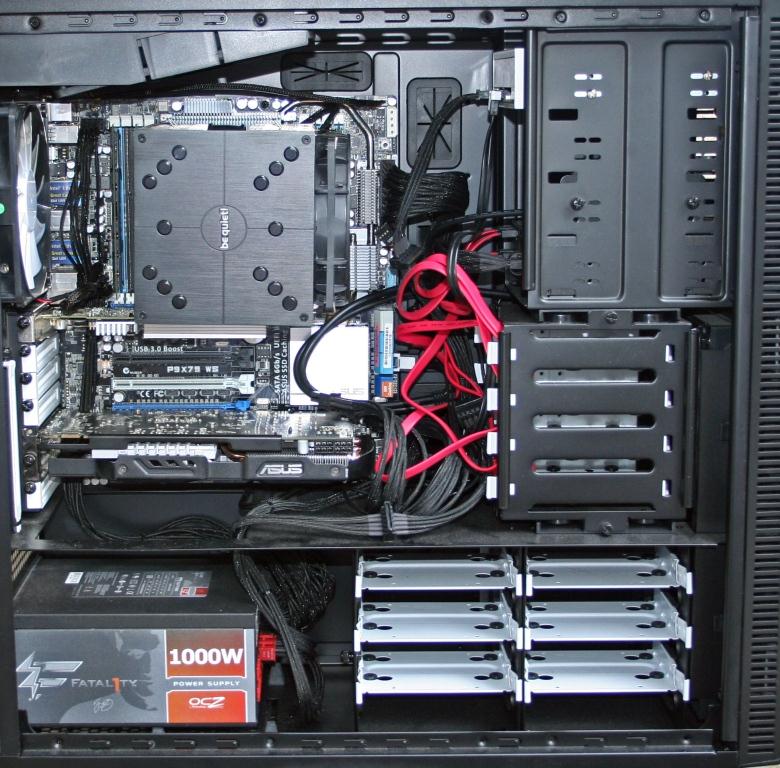TEST BENCH AND PROTOCOL
In testing the Cloudspeed 500, we’ll be using Red Hat Enterprise Linux and/or CentOS, as we do for much of our enterprise testing to date. Linux has less overhead and is generally more flexible when it comes to evaluating performance. That said, our enterprise test bench is OS agnostic.
We’ll apply a few new standardized testing techniques in addition to some of our older test protocols. We want to isolate and explore the individual performance of the review drives as accurately as we can. As the test bench evolves, we hope the result is a more tangible, relevant performance evaluation.
A special thanks to Asus, Crucial, OCZ, and Fractal Design for sponsoring our Enterprise Test Bench.
S.M.A.R.T. DATA
SMART, or Self-Monitoring, Analysis and Reporting Technology data, yields insights into drive health and behavior. Originally, SMART was used as a method of predicting drive failure for mechanical HDDs. In the age of solid state storage, SMART data can tell you how much a drive has read, written, how many blocks have been removed from service, temperature, etc. Some SSDs have virtually no useful attributes, while others are quite comprehensive. Since there aren’t really industry standards governing SMART attributes, each manufacturer’s information is different.
Without a doubt, one of the best features of the SF-2581 is comprehensive SMART data. Consumer-oriented SandForce drives already wield good SMART info, but the enterprise variants take it to a new level.
Like other 22xx SF flash storage processors, the drive keeps track of how many GB the host asked the drive to write, and how many were actually written to the flash. With SandForce’s compression technology, host writes (F1) are usually more than the actual number of GB written to the flash (Attribute E9). In this case, the CloudSpeed 500 has written more to the flash than the host asked it to because of write amplification and overhead. Our testing is done with mostly incompressible data, but if it were composed of compressible data, much less would have been written to the flash. The end result is less wear on the NAND and higher write performance when data can be easily deduplicated.
Our CloudSpeed had written 38,543GB at the time this screen shot was taken. If we were to keep writing to the drive at this rate, SandForce’s write throttling would be triggered to slow the write speed of the drive enough to keep it working through all five years of warranty. The effect is temporary and as soon as the drive figures out that the excessive write period is over, write throttling is ended. Few SandForce-driven drives use warranty throttling, but SMART has activated it in the firmware to help make sure that their SSD makes it five years in the trenches.
 The SSD Review The Worlds Dedicated SSD Education and Review Resource |
The SSD Review The Worlds Dedicated SSD Education and Review Resource | 

